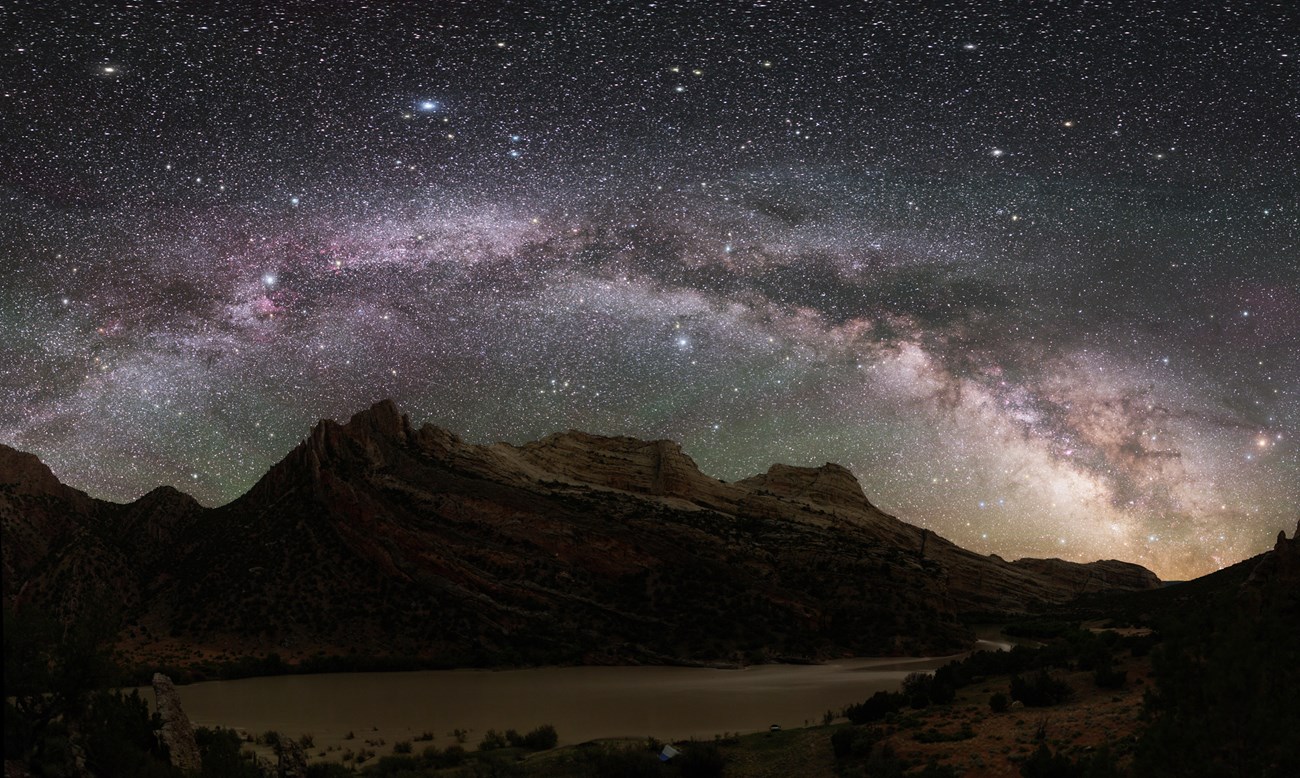
Our Earth is Extremely Old
For the purposes of geology, time has a specific meaning. Geologists start counting time when Earth was formed. This may seem somewhat arbitrary because the Earth did not appear instantaneously as a planet in space. But geologists clarify this “moment” as when Earth achieved its present mass, essentially the same point at which the Earth’s solid crust first formed. So far scientists have not been able to determine the exact age of the Earth directly from Earth rocks because Earth’s oldest rocks—from early, primordial crust—have been recycled and destroyed by the process of plate tectonics. If there are any of Earth’s original rocks left, they have not yet been found (Watson 1997).The oldest-known rocks on Earth are the Acasta Gneiss Complex near Great Slave Lake in Canada’s Northwest Territories. Scientists have dated these rocks using uranium-lead isotopes at 4.03 billion years (Stern and Bleeker 1998). Also, scientists recently (2001) reported 4.0–4.4 billion year old detrital zircons in sediments at Mt. Narryer and the Jack Hills in Western Australia (Nutman 2001), which suggests the erosion of granite-like crust older than the oldest known preserved crust (Cooper 1986). Thus, we can be confident that the minimum age for the Earth exceeds 4 billion years by examining Earth materials.
So how do we get from 4.0 billion to 4.6 billion? That’s another 600,000,000 (600 million) years! To do this, scientists have looked to the Solar System. They have been able to determine the probable age of the Solar System and to calculate an age for the Earth by assuming that the Earth and the rest of the solid bodies in the Solar System formed at the same time and are, therefore, of the same age (Watson 1997). Scientists have validated the estimated age of the Earth using Moon rocks, meteorites, and the isotopic compositions of lead in meteorites and ancient lead ores (Dalrymple 1991).
The best value for the age of the Earth—~4.6 billion years—is based on a single-stage model for the evolution of lead isotopes in the Earth using data from a few ancient lead ores and from one special iron meteorite, Canyon Diablo, which excavated Meteor Crater in Arizona some 50 million years ago. Thus, the “age of the Earth” is really the age of the meteorite–Earth system and probably represents the last time that the isotopic composition of lead was uniform throughout the Solar System, i.e., the time when solid bodies first formed from the Solar Nebula (Dalrymple 1991). This calculated value, which is know to within 1% or better, is consistent with the ages of meteorites, the ages of the oldest lunar samples, and the ages of the oldest Earth rocks (Dalrymple 1991).
Last updated: October 3, 2018
